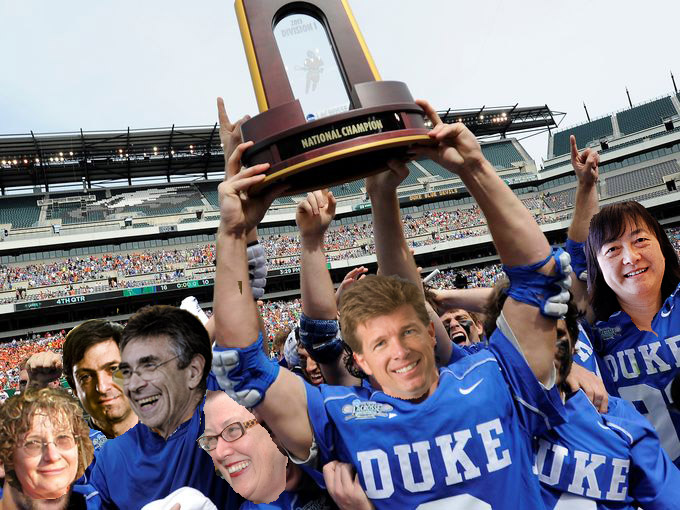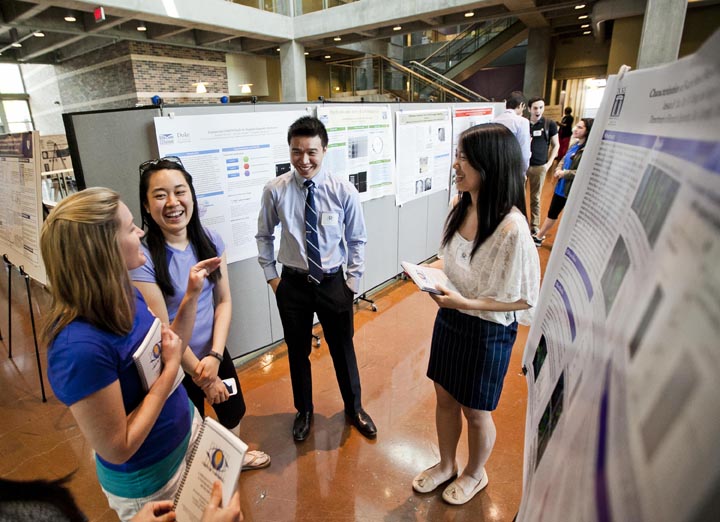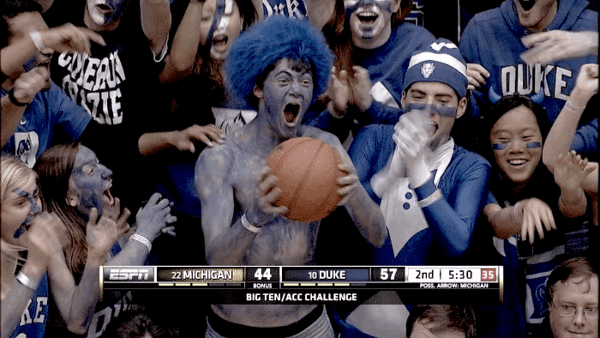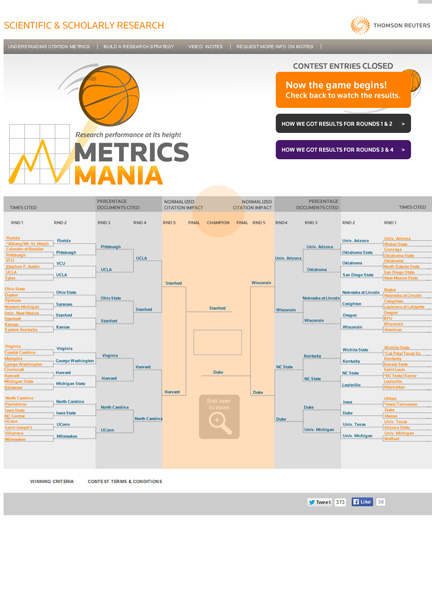Guest Post by Leah Montgomery, NC Central University
Medical historian Margaret Humphreys discovered Dr. Joseph Dennis Harris in a handwritten report from the Civil War. She was looking through the United States Sanitary Commission papers during her year at the “clubhouse” — the National Humanities Center (NHC) in Research Triangle, NC.
“When I began my research, he was an unknown figure in the history of Civil War medicine,” Humphreys said. “The fact that I was able to reconstruct his life history beginning with this enigmatic reference is a tribute to the modern tools of digitization, search engines and librarians especially, in the rediscovery of minority figures. Ancestry.com proved especially helpful.”

The historical display, “Binding Wounds, Pushing Boundaries,” appears at the Medical Center Library through July 19.
Humphreys, the Josiah Charles Trent Professor of the History of Medicine and Professor of Medicine at Duke University, recently shared the story of this pioneering African-American physician in a Medical Center Library lecture as part of “Binding Wounds, Pushing Boundaries: African Americans in Civil War Medicine” an exhibition on display in the medical library through July 19.
Harris was born in North Carolina to free-colored father Jacob Harris, and mulatto mother Charlotte Dismukes Harris in 1833. At age 17, Harris and his mother migrated to Cleveland, Ohio from Fayetteville, NC.
After farming and working as a blacksmith as a young adult, Harris later studied chemistry and surgery at the Medical Department of the Western Reserve College.
From Cleveland, Harris went on to get an MD diploma from a medical college in Keokuk, Iowa.
During the Civil War, Harris was an acting assistant surgeon at Balfour Hospital in Portsmouth, VA, where he oversaw a ward of about 100 black patients, Union troops and freemen. He was later assigned to two more wards of equivalent size.
In 1865, Harris sought a commission as a Union surgeon but failed to do so due to lack of opportunity. He instead became a physician in Freedmen’s bureau hospitals in Virginia.
Humphreys’ eyes lit up as she quickly read through the papers.
In the spring of 1869, Harris was nominated for lieutenant governor of Virginia, attaining 99,600 votes. It was not enough to win however; he also failed in a bid for a US Senate seat when he received just two of the 32 state legislature votes.
Humphreys said Harris’ genuine character, relentless determination and intellectual capabilities helped to set the standard for African-American medicine.
“Harris is a person whose action in the 1850’s mattered, his actions in reconstruction mattered; (his work) is a continuum, the lives were a continuum,” said Humphreys.
Humphreys is the President of the American Association for the History of Medicine and the author of “Marrow of Tragedy: The Health Crisis of the American Civil War” (Johns Hopkins University Press, 2013), which examines the history of medicine during the American Civil War.
The six-banner traveling exhibition now on display in the library was developed by the Exhibition Program at the National Library of Medicine. It features African-American men and women who served as surgeons and nurses during the American Civil War and the impact of their service on the existing ideas of race and gender, expanding the limitations of the role of African Americans in America.
Dr. Humphreys’ presentation was co-sponsored by the Duke University Medical Center Library & Archives and the History of Medicine Collections in the David M. Rubenstein Rare Book & Manuscript Library.
















